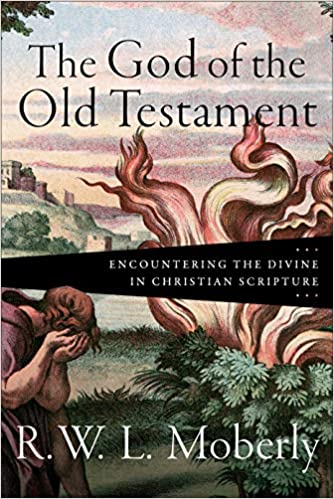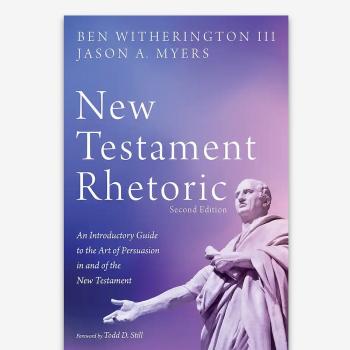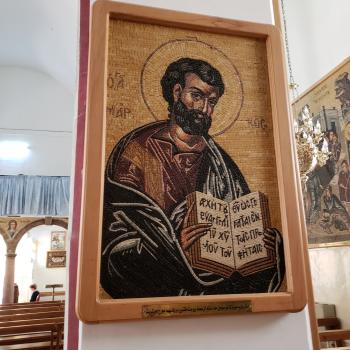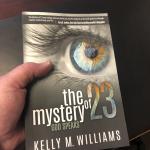Q. As you say, much of Wisdom literature is poetic and metaphorical or analogical in character. And as you suggest sometimes (for example in the 4th century Christology debates, but also in recent commentaries) Prov. 8 has been over-read, not recognizing the poetic character of the material. Applying strict logic to Prov. 8-9 is rather like trying to get at the essence of a symphony by doing a statistical analysis of which instruments played when and how much. It simply misses the thrust of what is happening. How do we help readers read such literature, and for that matter the poetry of the Psalms with better sensitivity to the character and nature of the literature itself?
A. I wish I knew! Having a tin ear when it comes to scriptural language and imagery seems to me a distressingly common feature of our contemporary context. Perhaps it is partly a matter of many people being less at home in literature generally than they might be, and partly a nervousness in handling sacred Scripture in terms of a fear of “getting it wrong” if they don’t take the text “literally” (which is surely a corollary of not feeling at home with literary texts).
In a possibly related way, I have pondered over many years how many people read the Bible poorly in church services – they may enunciate clearly, and not read too fast, yet too many seem fearful of interpreting what they read. They just want to get the words out clearly, but without thinking about the difference it should make if the Bible’s imagery and content genuinely are of eye-opening and life-changing importance.

















